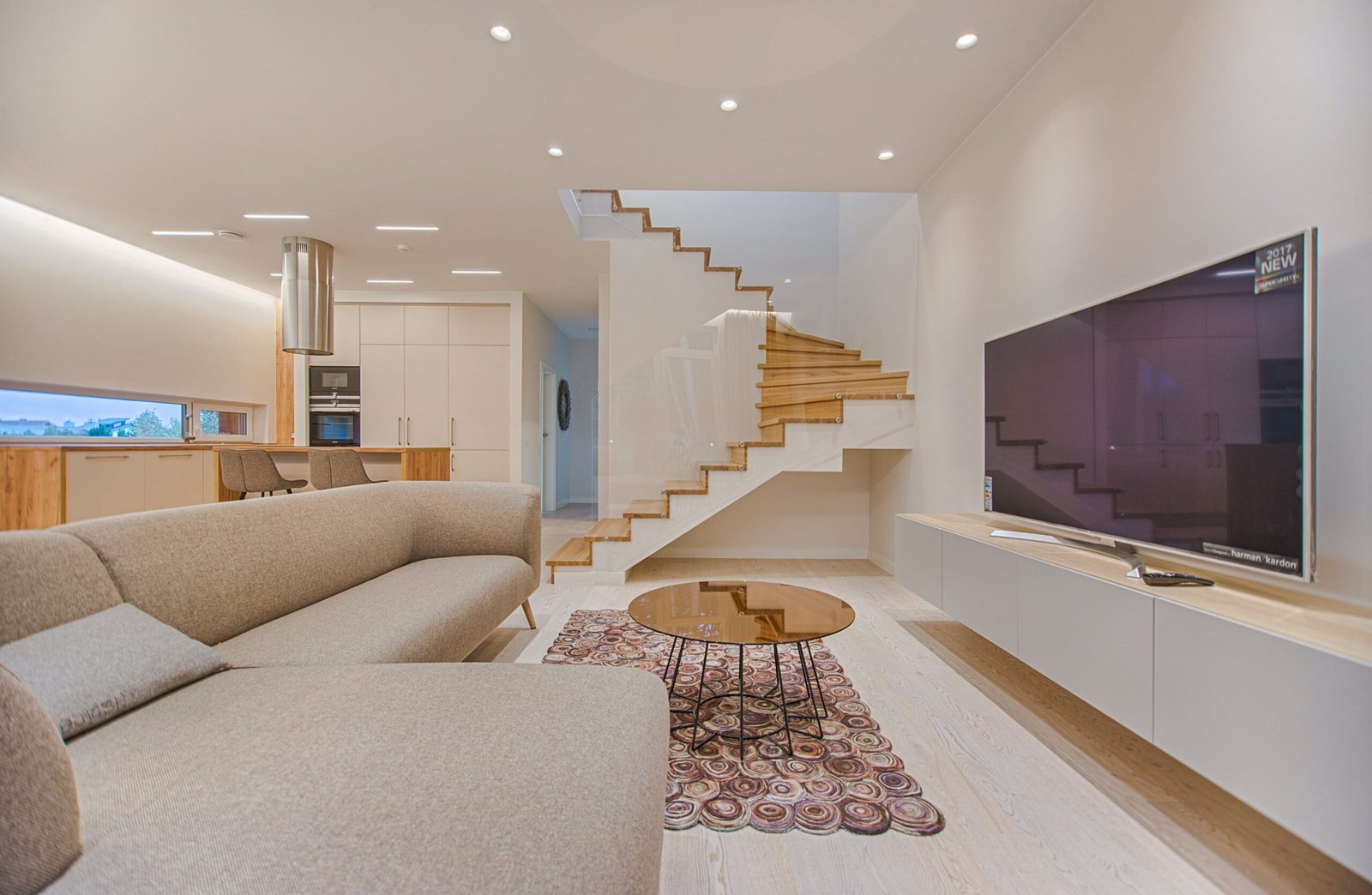The Evolution of Interior Design: From Cave Dwellers to Modern Masterpieces

Interior design has always played a crucial role in shaping our world. From the early cave dwellers to the most artistic modern designs, the development of materials and techniques has transformed the way we live and experience our surroundings. Whether it’s recreating the past in a museum or designing a grand home or a towering skyscraper, interior design is everywhere, even in the underground.
The journey of interior design dates back to the prehistoric era when humans first began to inhabit caves. These early dwellings were not just shelters but also a canvas for artistic expression. Cave paintings, intricate carvings, and the arrangement of objects within the caves reflected the human need for beauty and aesthetics.
As civilization progressed, so did the complexity of interior design. Ancient Egyptians, for example, crafted elaborate interiors in their palaces and tombs, featuring ornate furniture, colorful murals, and intricate hieroglyphics. Their attention to detail and desire for opulence set the stage for the future of interior design.
The Greeks and Romans also made significant contributions to the field of interior design. The Greeks emphasized simplicity and harmony in their interiors, utilizing columns, frescoes, and sculptures to create a sense of balance. On the other hand, the Romans were known for their grandeur and extravagance, with intricate mosaics, luxurious furnishings, and lavish decorations adorning their palaces and villas.
During the Middle Ages, interior design took on a more religious tone. Churches and cathedrals became the center of attention, featuring lofty ceilings, stained glass windows, and intricate stone carvings. The Gothic style, with its pointed arches and ribbed vaults, created a sense of awe and spirituality.
The Renaissance period brought a renewed interest in classical architecture and design. Artists and architects drew inspiration from ancient Greece and Rome, leading to the revival of classical elements such as columns, pilasters, and domes. This period also saw the rise of luxurious palaces and châteaux, with opulent interiors adorned with frescoes, tapestries, and gilded furniture.
The Industrial Revolution marked a turning point in interior design. With the advent of mass production and new materials, interior design became more accessible to the general population. The Victorian era, known for its ornate and eclectic style, saw the emergence of wallpapers, chintz fabrics, and elaborate furniture.
Fast forward to the 20th century, and interior design took on a more experimental and avant-garde approach. The Art Nouveau movement embraced organic forms and flowing lines, while the Art Deco style celebrated glamour and luxury. The modernist movement, spearheaded by pioneers like Le Corbusier and Ludwig Mies van der Rohe, emphasized simplicity, functionality, and the use of new materials like glass and steel.
Today, interior design continues to evolve and adapt to the changing needs and tastes of society. From minimalist Scandinavian interiors to eclectic bohemian spaces, there is a wide range of styles and trends to choose from. Technology has also become an integral part of interior design, with smart homes and innovative gadgets transforming the way we interact with our living spaces.




